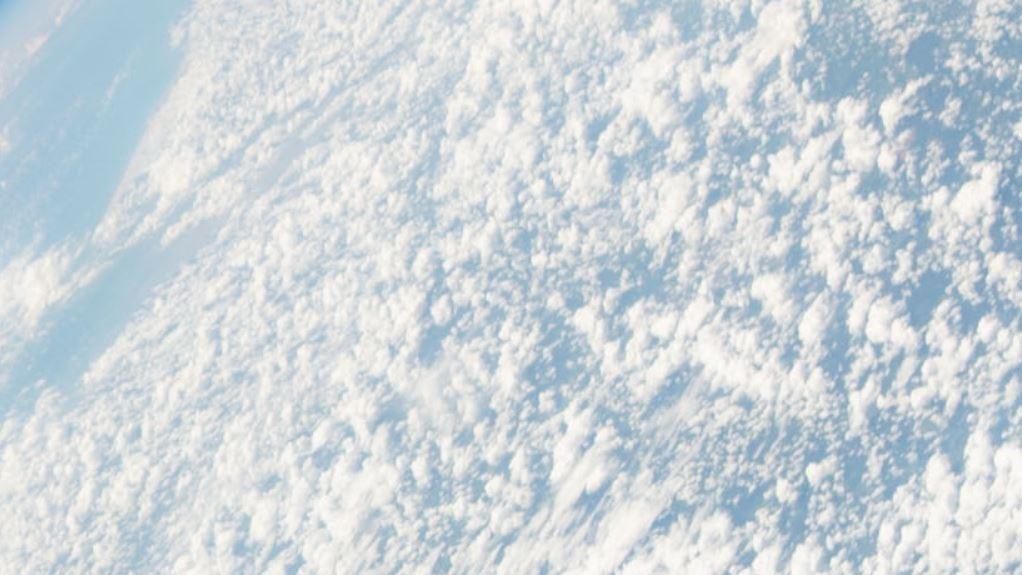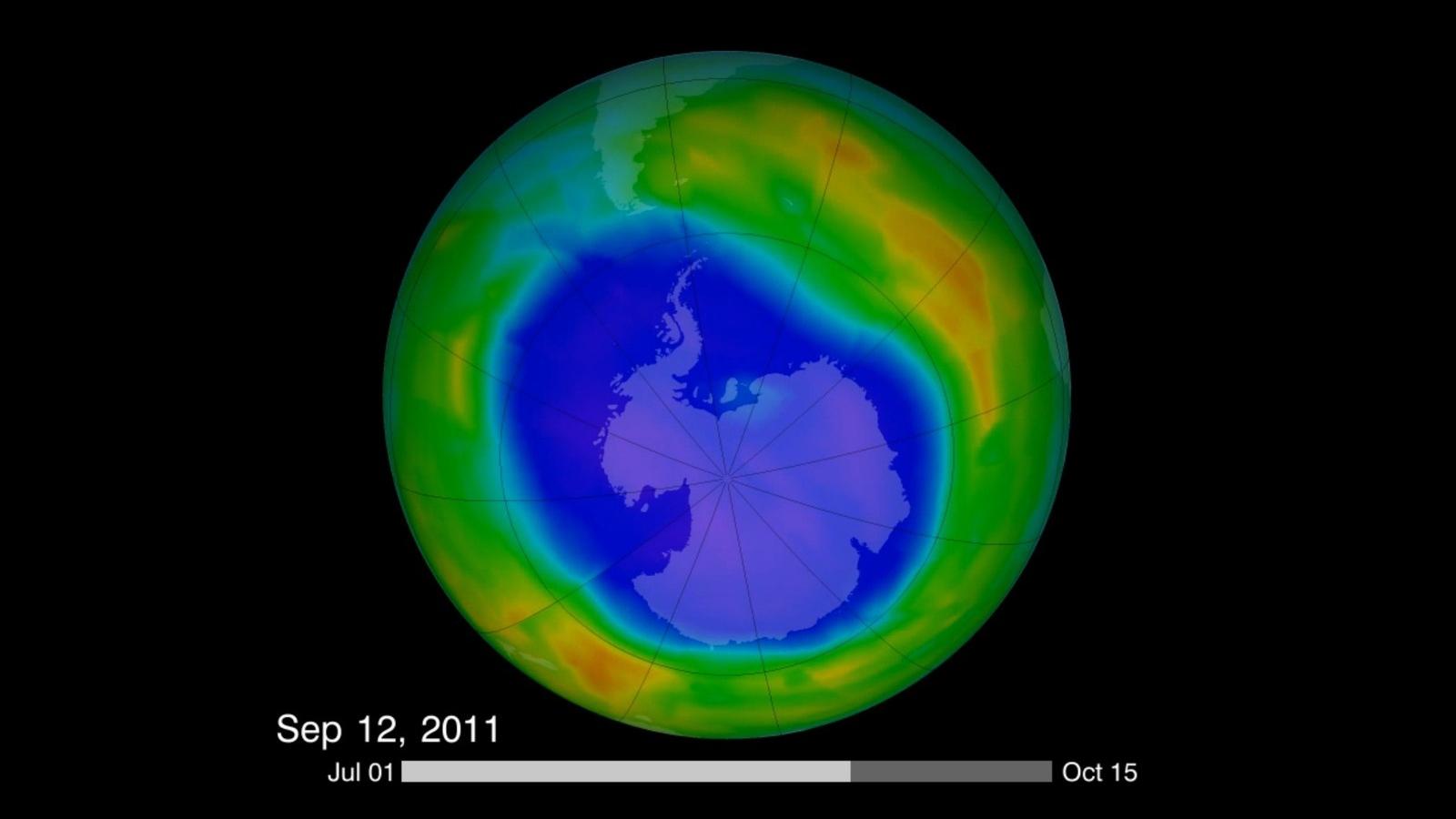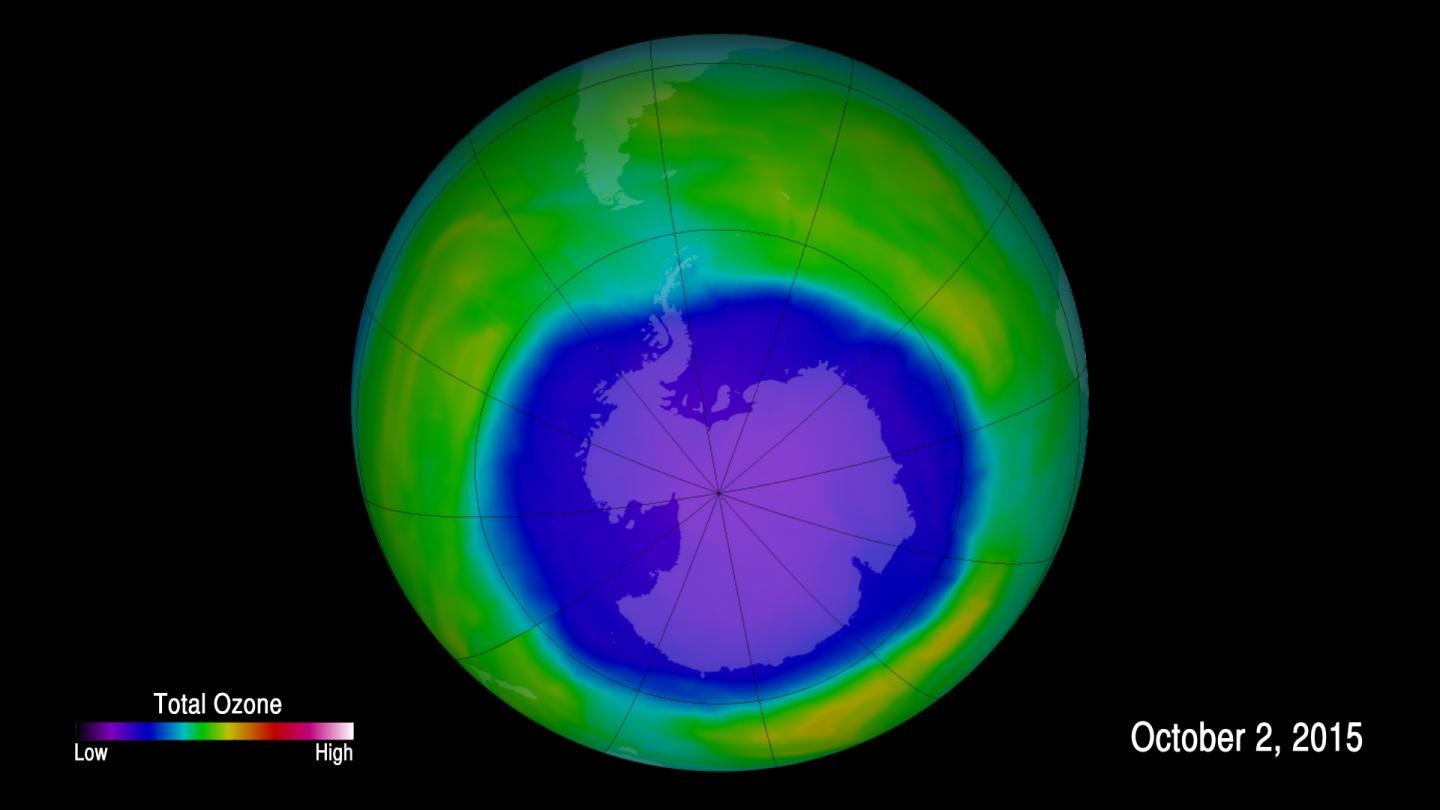Ozone layer
The latest news on the ozone layer shows we can solve big environmental problems
After years of decline, the global ozone layer is starting to bounce back. That’s a big environmental success story — and an important example of what pro-environment actions can do in the long run, if countries take strong action together.
China, U.S. to seek way to end production, use of climate change causing HFCs
HFCs were supposed to be the way we saved the ozone. And they did. But at a new cost: climate change. These gases, which are used in refrigerators and air conditioners to produce cool air, trap heat in the atmosphere at a greater rate than carbon dioxide, as much as 1000 times, leading to climate change.
Ozone Treaty Revisited
Delegates from around the world are meeting in Canada for a tenth anniversary assessment of the Montreal Protocol.– the treaty governing the phase out of ozone depleters, like chloroflourocarbons Some delegates are upset that developing nations are still producing CFC’s, and selling them illegally. But, others warn that the long term goal of a total, […]
Update on Ozone
David Baron examines the current debate over the state of the planet’s thinning ozone layer. Although the hole in our atmosphere continues to grow, scientists say it’s doing so more slowly these days, and the global phaseout of chlorofluorocarbons may have prevented a real disaster. Still, controversy remains about current damage, and most scientists agree […]


